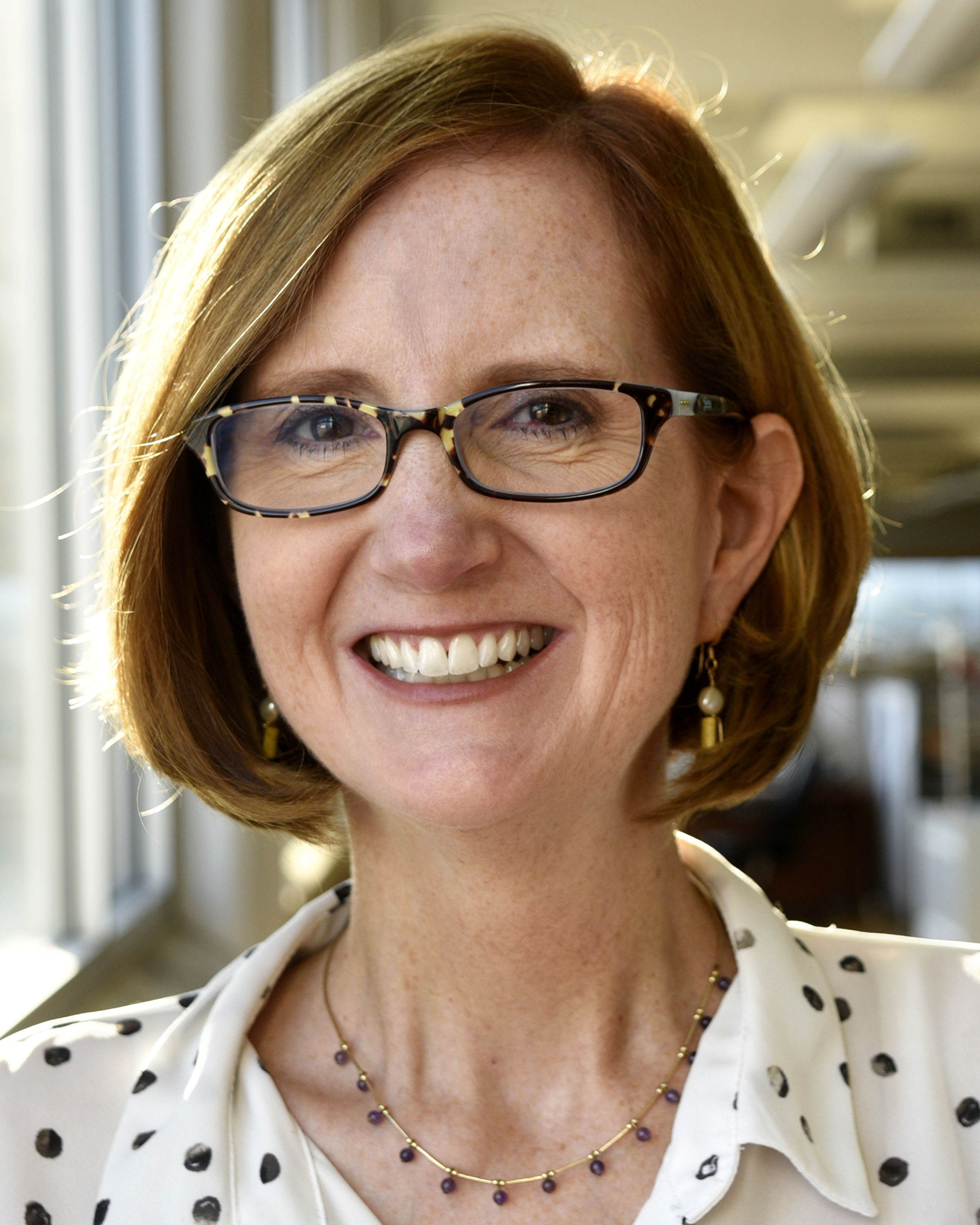Discover The Legacy Of Chattanooga Times Free Press: A Pillar Of Local Journalism
For over a century, the Chattanooga Times Free Press has stood as a beacon of reliable journalism, shaping the narrative of Chattanooga and its surrounding communities. With its roots tracing back to the late 1800s, this iconic publication has consistently delivered news that matters, offering in-depth coverage of local events, politics, and culture. As a cornerstone of Chattanooga's media landscape, the Times Free Press has earned a reputation for its commitment to truth and integrity, making it a trusted source for residents and businesses alike. Whether you're a lifelong reader or new to the region, the Chattanooga Times Free Press serves as a vital link to the stories that define this vibrant city.
The Chattanooga Times Free Press isn’t just a newspaper—it’s a living archive of the city’s history, culture, and progress. Over the years, it has evolved from a traditional print publication to a dynamic digital platform, ensuring that its readers stay informed in an ever-changing media landscape. With its award-winning journalists and groundbreaking investigative reports, the Times Free Press continues to set the standard for excellence in journalism. Its influence extends beyond Chattanooga, as it frequently collaborates with national outlets to amplify local voices and stories on a broader stage.
As we delve deeper into the legacy of the Chattanooga Times Free Press, we’ll explore its rich history, its impact on the community, and its role in shaping the future of journalism. From its humble beginnings to its current status as a multimedia powerhouse, the Times Free Press has remained steadfast in its mission to inform, engage, and inspire. Whether you’re interested in its historical milestones, its contributions to local culture, or its digital transformation, this article will provide a comprehensive look at what makes the Chattanooga Times Free Press a true institution in American journalism.
Read also:Katy Weaver The Rising Star In The Music Industry
Table of Contents
- Biography of the Chattanooga Times Free Press
- How Has Chattanooga Times Free Press Evolved Over the Years?
- What Makes Chattanooga Times Free Press a Trusted News Source?
- The Impact of Chattanooga Times Free Press on Local Communities
- How Is Chattanooga Times Free Press Embracing the Digital Age?
- The Legacy of Award-Winning Journalism at Chattanooga Times Free Press
- What Challenges Has Chattanooga Times Free Press Faced?
- What Does the Future Hold for Chattanooga Times Free Press?
Biography of the Chattanooga Times Free Press
The Chattanooga Times Free Press traces its origins to two distinct newspapers: the Chattanooga Times, founded in 1878, and the Chattanooga Free Press, established in 1920. These publications merged in 1998 to form the Chattanooga Times Free Press, creating a powerhouse of local journalism. Over the decades, the newspaper has been a witness to Chattanooga’s transformation from a small industrial town to a thriving modern city. Its pages have chronicled everything from the Civil Rights Movement to the city’s economic revitalization, making it an invaluable resource for understanding Chattanooga’s past and present.
Below is a table summarizing the key details of the Chattanooga Times Free Press:
| Attribute | Details |
|---|---|
| Founded | 1998 (as a merger of Chattanooga Times and Chattanooga Free Press) |
| Headquarters | Chattanooga, Tennessee, USA |
| Founder | Adolph Ochs (Chattanooga Times, 1878); Ruth Holmberg (Free Press, 1920) |
| Circulation | Approximately 40,000 daily (as of recent reports) |
| Website | www.timesfreepress.com |
| Notable Achievements | Pulitzer Prize nominations, investigative journalism accolades |
How Has Chattanooga Times Free Press Evolved Over the Years?
From its inception, the Chattanooga Times Free Press has undergone significant transformations to stay relevant in an ever-changing media landscape. Initially, the publication focused on print editions, delivering news to doorsteps across Chattanooga. However, as technology advanced, the Times Free Press embraced digital platforms, launching its website and mobile app to cater to a growing audience of online readers. This shift allowed the publication to reach a broader demographic, including younger readers who prefer consuming news digitally.
Key Milestones in Its Evolution
Several milestones have marked the evolution of the Chattanooga Times Free Press:
- 1998: The merger of Chattanooga Times and Chattanooga Free Press, creating a unified voice for the region.
- 2005: Launch of the Times Free Press website, marking its entry into digital journalism.
- 2015: Introduction of a mobile app, enhancing accessibility for on-the-go readers.
- 2020: Expansion of multimedia content, including podcasts and video reports, to engage diverse audiences.
What Role Did Technology Play in Its Growth?
Technology has been a driving force behind the Chattanooga Times Free Press’s evolution. By adopting cutting-edge tools for data journalism and interactive storytelling, the publication has been able to deliver richer, more engaging content. For instance, the use of data visualization has allowed readers to explore complex topics like local elections and economic trends in a more digestible format. Additionally, social media platforms have become essential for distributing news and fostering community engagement.
What Makes Chattanooga Times Free Press a Trusted News Source?
The Chattanooga Times Free Press has earned the trust of its readers through a combination of rigorous editorial standards, transparency, and a commitment to local storytelling. Unlike many national outlets that focus on sensationalism, the Times Free Press prioritizes accuracy and depth, ensuring that its reports are well-researched and balanced. This dedication to journalistic integrity has made it a go-to source for reliable information in Chattanooga and beyond.
Read also:Who Is Deborah Mays Discovering The Remarkable Journey Of A Visionary Leader
Editorial Standards and Practices
At the heart of the Chattanooga Times Free Press’s credibility are its stringent editorial practices. Every article undergoes a thorough fact-checking process, and journalists are encouraged to seek multiple perspectives to provide a well-rounded view of each story. The publication also maintains an ombudsman role, allowing readers to voice concerns or provide feedback on its coverage.
Why Do Readers Trust the Times Free Press?
Readers trust the Chattanooga Times Free Press because it consistently delivers content that resonates with their daily lives. Whether it’s covering local school board meetings, profiling small business owners, or investigating government corruption, the Times Free Press ensures that its stories reflect the concerns and aspirations of its audience. This focus on community-centric journalism has fostered a loyal readership that values the publication’s dedication to truth and accountability.
The Impact of Chattanooga Times Free Press on Local Communities
The Chattanooga Times Free Press has played a pivotal role in shaping the social and economic fabric of Chattanooga. Through its investigative reports, the publication has exposed injustices, held public officials accountable, and sparked meaningful conversations about critical issues facing the region. For example, its coverage of environmental concerns in the Tennessee River watershed led to increased awareness and policy changes aimed at protecting the area’s natural resources.
How Has It Supported Local Businesses?
By highlighting the achievements of local entrepreneurs and profiling thriving businesses, the Chattanooga Times Free Press has helped boost the region’s economy. Its “Business Spotlight” series, for instance, provides a platform for small businesses to share their stories, attracting new customers and fostering community pride. Additionally, the publication’s job listings and classifieds have long been a resource for job seekers and employers alike.
What Role Does It Play in Education and Awareness?
Education is another area where the Chattanooga Times Free Press has made a significant impact. Through partnerships with local schools and universities, the publication offers internships and mentorship programs to aspiring journalists. It also runs awareness campaigns on topics like literacy, mental health, and civic engagement, empowering residents to take an active role in shaping their community.
How Is Chattanooga Times Free Press Embracing the Digital Age?
In recent years, the Chattanooga Times Free Press has made significant strides in embracing the digital age, ensuring that its content remains accessible to a tech-savvy audience. By leveraging social media, search engine optimization (SEO), and multimedia storytelling, the publication has successfully transitioned from a traditional print model to a dynamic digital presence. This transformation has not only expanded its reach but also enhanced the way readers interact with its content.
What Strategies Are Being Used for Digital Growth?
To grow its digital footprint, the Chattanooga Times Free Press has implemented several innovative strategies:
- SEO Optimization: By incorporating relevant keywords and optimizing its articles for search engines, the publication ensures that its content ranks highly on platforms like Google Discover.
- Social Media Engagement: Active profiles on platforms like Facebook, Twitter, and Instagram allow the Times Free Press to engage with readers in real-time and share breaking news updates.
- Multimedia Content: The inclusion of videos, podcasts, and interactive graphics has made the publication’s content more engaging and shareable.
How Has This Shift Benefited Readers?
The digital transformation of the Chattanooga Times Free Press has brought numerous benefits to its readers. For one, it has made news more accessible, allowing people to stay informed on their smartphones or tablets. Additionally, the use of multimedia elements has made complex stories easier to understand, while interactive features like comment sections and polls encourage audience participation. This two-way communication has strengthened the bond between the publication and its readers, fostering a sense of community in the digital space.
The Legacy of Award-Winning Journalism at Chattanooga Times Free Press
Over the years, the Chattanooga Times Free Press has earned numerous accolades for its exceptional journalism. From Pulitzer Prize nominations to regional awards, the publication has consistently been recognized for its commitment to excellence. Its investigative reports, in particular, have garnered widespread acclaim for uncovering hidden truths and driving positive change in the community.
Notable Awards and Achievements
Some of the most notable achievements of the Chattanooga Times Free Press include:
- Pulitzer Prize Nominations: The publication has been nominated multiple times for its groundbreaking investigative journalism.
- Regional Journalism Awards: Recognized by organizations like the Tennessee Press Association for outstanding coverage of local issues.
- Community Impact Awards: Honored for its role in addressing social and economic challenges in Chattanooga.
How Have These Achievements Influenced Its Reputation?
These awards have solidified the Chattanooga Times Free Press’s reputation as a leader in journalism. They serve as a testament to the publication’s dedication to uncovering the truth and holding power to account. Moreover, these accolades have inspired its journalists to continue pushing boundaries and delivering high-quality content that makes a difference in the lives of its readers.
What Challenges Has Chattanooga Times Free Press Faced?
Despite its many successes, the Chattanooga Times Free Press has faced its fair share of challenges. Like many traditional media outlets, it has grappled with declining print readership, financial pressures, and the rise of misinformation. However, the publication has shown remarkable resilience in overcoming these obstacles, adapting its strategies to remain relevant in a rapidly changing industry.
How Has It Addressed Declining Print Readership?
To combat declining print readership, the Chattanooga Times Free Press has focused on expanding its digital offerings. By investing in its website and mobile app, the publication has attracted a younger, tech-savvy audience. It has also introduced subscription models that provide exclusive content to loyal readers, ensuring a steady revenue stream.
What Steps Have Been Taken to Combat Misinformation?
In the face of rising misinformation, the Chattanooga Times Free Press has prioritized fact-checking and transparency. It has launched initiatives to educate readers on how to identify credible sources and has partnered with organizations like the News Literacy Project to promote media literacy. These efforts have helped reinforce its role as a trusted voice in an era of information overload.
What Does the Future Hold for Chattanooga Times Free Press?
As the
Article Recommendations

